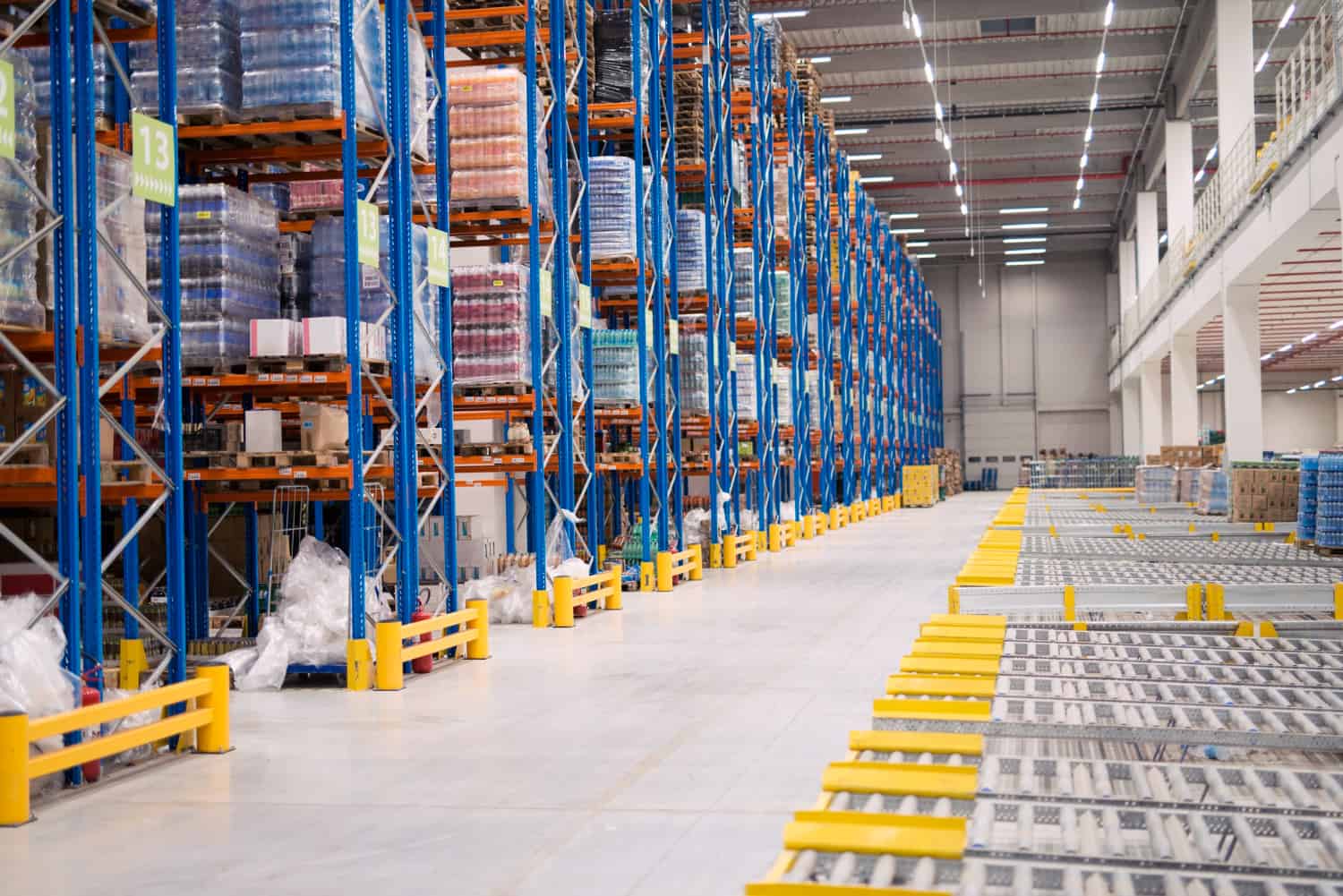- Phone: 306-970-1552
- connect@gentleprocessing.ca
- 18-301 South Industrial Dr. Prince Albert, SK S6V 7L7, Canada

In the intricate dance of food processing and distribution, the cold chain stands as a critical guardian of quality and safety, particularly for perishable goods. This meticulously choreographed system ensures that foods maintain their freshness, nutritional value, and safety from the moment they leave production facilities until they reach consumers' plates. This article explores the paramount role of cold chain management in food processing, elucidating its significance, challenges, and innovative solutions.
The cold chain refers to the controlled, temperature-regulated process of storing and transporting perishable goods, such as fruits, vegetables, dairy, and meats, at a consistently low temperature.
Maintaining a cold chain is essential to safeguarding the sensory qualities, nutritional content, and microbial safety of perishable foods.
Perishable goods embark on a journey that spans farms, processing plants, distribution centers, and retail outlets before finally arriving in consumers' homes.
At each juncture, precise temperature control is paramount. Any deviation can compromise quality, safety, and shelf life.
Maintaining a consistent temperature throughout the supply chain is challenging, especially when goods cross varying climates and regions.
Cold storage and transportation equipment must function flawlessly to prevent temperature fluctuations. Regular maintenance is crucial.
Mistakes in handling, loading, or monitoring can disrupt the cold chain. Continuous training is necessary.
IoT-based sensors and data analytics provide real-time temperature monitoring. Alerts enable swift corrective action in case of deviations.
Machine learning algorithms can predict temperature fluctuations, enabling proactive adjustments and reducing risks.
Environmentally friendly refrigerants, like CO2 and ammonia, are replacing traditional options to reduce the carbon footprint.
Blockchain technology enhances traceability, ensuring transparency and accountability in the supply chain.
The Hazard Analysis Critical Control Point (HACCP) system identifies and mitigates food safety risks at critical points in the cold chain.
Third-party audits and certifications, such as ISO 22000, validate the safety and quality of cold chain management practices.
Collaboration among stakeholders, including producers, processors, and logistics providers, fosters a cohesive approach to food safety.
Robotic systems for cold storage and logistics streamline operations and reduce the risk of human error.
Resilience against climate change-induced challenges will be a focus, with climate-controlled transport and storage innovations.
As demand for perishable goods grows worldwide, the cold chain will expand to reach more remote areas.
Cold chain management is the silent sentinel that ensures the quality, safety, and freshness of perishable goods throughout their journey from farm to fork. In an era where food safety and sustainability are paramount, innovations in temperature monitoring, predictive analytics, and sustainable refrigerants are reshaping the cold chain landscape. As the world relies increasingly on the delivery of fresh, safe, and nutritious foods, the cold chain stands as a testament to the industry's dedication to quality and safety.